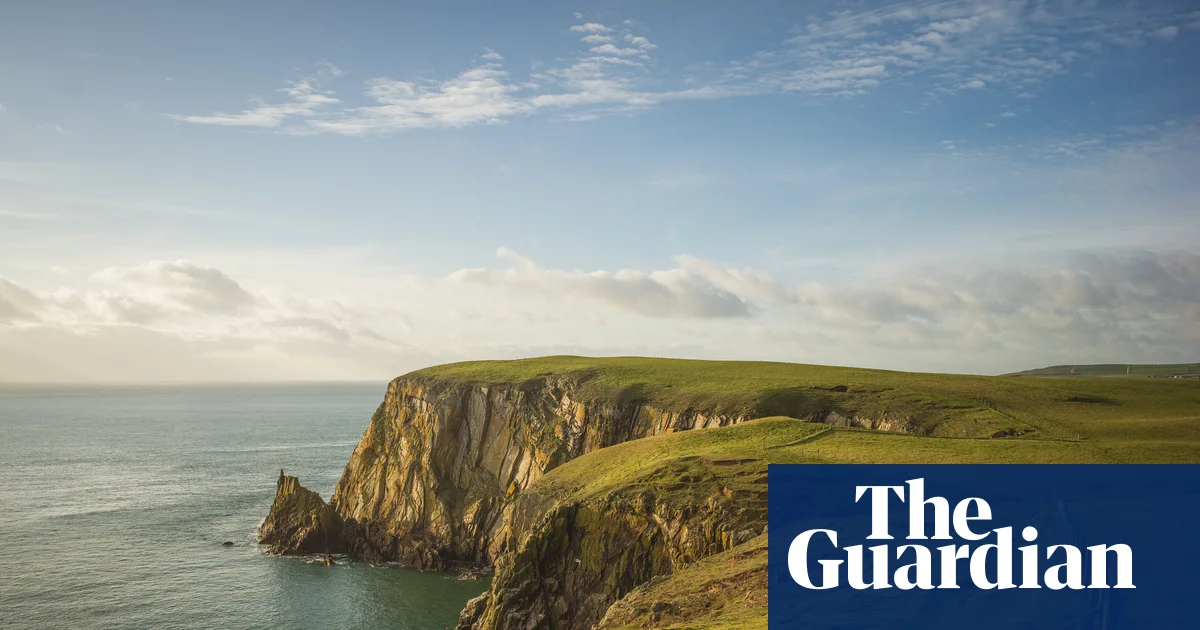Sen. Chuck Schumer offers path to end government shutdown

Nov. 7 (UPI) — Democrats are ready to end the federal government shutdown if Republicans agree to extend Affordable Care Act credits for another year, Senate Minority Leader Chuck Schumer announced Friday afternoon.
Schumer, D-N.Y., said Senate Democrats favor passing a temporary funding measure and three other bills that would fund the federal government for one year, CNN reported.
“Democrats are offering a very simple compromise,” Schumer said on the Senate floor.
“Now, the ball is in the Republicans’ court,” he added. “We need Republicans to just say yes.”
Schumer’s announcement came after Senate Majority Leader John Thune, R-S.D., earlier said the Senate will work through the weekend to negotiate reopening the federal government and possibly vote after a bipartisan effort failed Thursday.
Thune wanted to hold another vote on the House-approved continuing resolution to fund the federal government through Nov. 21, but Senate Democrats aren’t on board, he told media earlier Friday.
“Our members are going to be advised to be available if, in fact, there’s a need to vote,” he said.
“We will see what happens and whether or not, over the course of the next couple of days, the Democrats can find their way to re-engage again,” Thune added.
Thune earlier this week expressed optimism that a funding agreement would be made this week, but that ended after Senate Democrats met on Thursday.
“All I know is that the pep rally they had at lunch yesterday evidently changed some minds,” he said Friday.
“We had given them everything they wanted and had asked for,” Thune explained. “At some point, I was gonna say they have to take ‘yes’ for an answer, and they were trending in that direction.”
The impasse is due to Senate Democrats not trusting President Donald Trump to agree to extend Affordable Care Act tax credits that expire after December and to stop firing federal employees, The Hill reported.
Senate Democrats held a working lunch on Thursday, as referenced by Thune, during which they rejected a bipartisan proposal to reopen the government.
Sens. Gary Peters, D-Mich., Jeanne Shaheen, D-N.H., and Angus King, I-Maine, had worked out a deal with the GOP, which buoyed Thune’s hope of ending the government shutdown on its record 38th day.
Senate Democrats discussed the bipartisan proposal during their Thursday lunch and rejected it due to their distrust of the president.
The proposal would have included a short-term funding measure to reopen the government and a three-year appropriations bill that would have funded the Agriculture Department, Veterans Affairs, military construction and the legislative branch.
The USDA funding would have meant full funding for currently suspended Supplemental Nutrition Assistance Program benefits.
Lacking strong guarantees that the president would support extending Affordable Care Act credits that initially were enacted during the COVID-19 pandemic and that are scheduled to expire at the end of the year, the Senate Democrats said they won’t support the bipartisan plan to move forward.
Despite the continued opposition from Senate Democrats, Thune doesn’t expect the shutdown to continue into the Thanksgiving holiday weekend at the end of the month, he said while appearing on Fox News Friday.
Thune needs at least five more Senate Democrats to join with Democratic Party Sens. John Fetterman of Pennsylvania, Catherine Cortez Masto of Nevada and King, who caucuses with Senate Democrats, to approve the continuing resolution.
Fetterman, Masto and King consistently have voted in favor of continuing the 2025 fiscal year budget while negotiating the budget for the 2026 fiscal year, which started on Oct. 1.
Republican Sen. Rand Paul of Kentucky is the only Republican senator to continually vote against the measure.
The House-approved continuing resolution consistently has received a majority of support in the Senate, but it has not received the 60 votes needed to overcome the Senate’s filibuster rule for passage.




